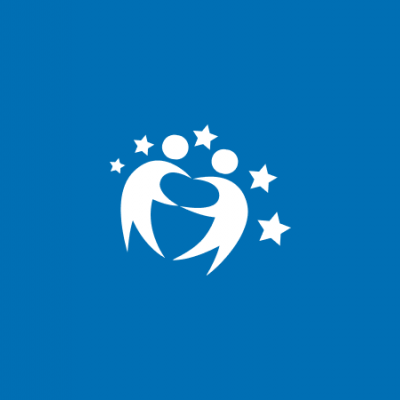
مشروع
●
Active
INDI
INDI
Created on
2 members
معلومات
Members:
2
Membership:
Cyprus(1), Slovenia(1)
Age range:
-
